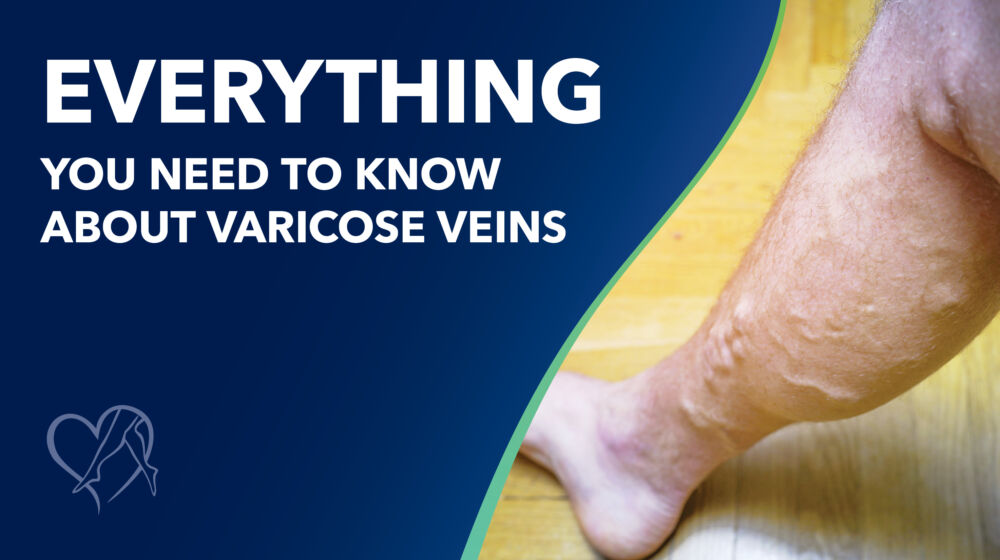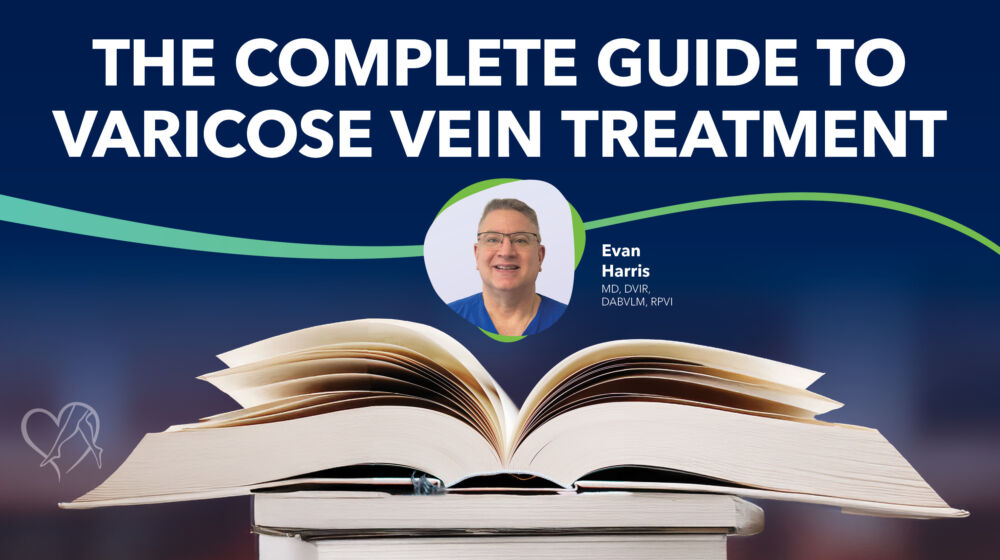You know that sitting and standing all day rank among the top causes of varicose veins. But what if your job requires you to stand for long periods of time?
Balancing your work requirements with your vein health needs is a challenging dilemma!
But all hope is not lost, as we have good news for you! With just a few simple changes to your daily routine, you can keep the job that you love and still prevent varicose veins.
How to prevent varicose veins if you stand all day
If your profession requires you to stand for long hours, you’ve probably noticed your legs feel heavy, tired, achy, and painful by the end of each day. Your legs may also look and feel swollen by the time you clock out from the job. These symptoms are caused by blood pooling in your leg veins.
Prolonged standing (or sitting) causes the blood to pool for two reasons. Tiny vein valves that pump blood back to the heart are already overwhelmed by the downward force of gravity. When these valves weaken, they cannot stop blood from backsliding within the vein. Your calf muscles are also instrumental in helping the valves open and shut. When these muscles don’t contract, the valves have a harder time returning blood to the heart. A buildup of blood then pushes the swollen vein outwards, causing a varicose vein and its symptoms of pain and swelling.
But standing isn’t the sole cause of varicose veins. Other factors, such as excess weight and family history, play an important role, too. Incorporating activity and lifestyle changes to your daily routine can help prevent varicose veins. Even if you stand eight hours or more each day, these changes can help reduce symptoms if you already have varicose veins:
Switch Your Position. Try to alternate between sitting and standing throughout the day. Move as much as possible to maintain circulation in the legs.
Stay Active. Staying active doesn’t necessarily mean training for a marathon every weekend or hitting the gym on your lunch hour. Instead, you can take a brisk walk around the block during your lunch break. Park your car a distance from the office, or get off the bus or train a stop earlier to get in extra steps. These activities may not sound like much, but they’re effective in engaging your calf muscles to support blood flow in the leg veins.
Shed the Pounds. Obesity is a significant risk factor for varicose veins. Excess pounds combined with the stain of standing on your feet hits your veins extra hard. Maintaining a healthy weight helps lift that pressure. Exercise combined with a low-fat, low-sodium diet will keep your weight on track.
Put Your Feet Up. Nothing feels more relaxing than putting your feet up at the end of a long day. When you get home from work, lie down and prop your legs on a pillow for 15 minutes. Elevating your legs above your heart takes the stress off your veins and helps the blood flow in the right direction back to the heart.
Treating your varicose veins
Lifestyle changes such as exercise and diet are both effective conservative methods to treat the symptoms of varicose veins. Wearing compression stockings that gently squeeze the leg veins also helps. However, you may find those therapies aren’t always successful in eliminating the pain and unsightly appearance of varicose veins. Only a minimally invasive surgical procedure performed by a professional will do that for you. These include:
Sclerotherapy. During this standard treatment for spider veins and smaller varicose veins, the doctor injects a sclerosant into the vein to irritate and collapse the vein walls. Blood then diverts to healthy veins.
Laser Endovenous Ablation. The diseased vein is destroyed using heat from a laser attached to the tip of a catheter.
Radiofrequency Ablation. Like laser ablation, heat from radiofrequency waves is used to destroy problem veins.
Ambulatory Phlebectomy. The affected vein is removed via two tiny incisions that require nothing more than a band-aid. This minimally-invasive technique is usually used on more prominent varicose veins.
Each procedure is performed on an outpatient basis with local anesthesia. You can soon return to work with healthier veins and a better outlook with minor restrictions!
Time to care for your veins
Center for Vein Restoration has three locations in the Phoenix, Arizona, area. We offer both conservative and surgical options to treat your varicose and spider veins. Each of our three locations is led by two experienced physicians. Jeffrey Alpern, DO, is a board-certified cardiovascular and thoracic surgeon with more than 40 years of medical experience. Nick Morrison, MD, FACS, FACPh, is a general surgeon who is board-certified in Venous and Lymphatic Medicine. Contact their offices today for a consultation!
3509 S. Mercy Road
Suite 101
Gilbert, AZ 85297
1500 S. Dobson Road
Suite 310
Mesa, AZ 85202
9515 W. Camelback Road
Suite 108
Phoenix, AZ 85037
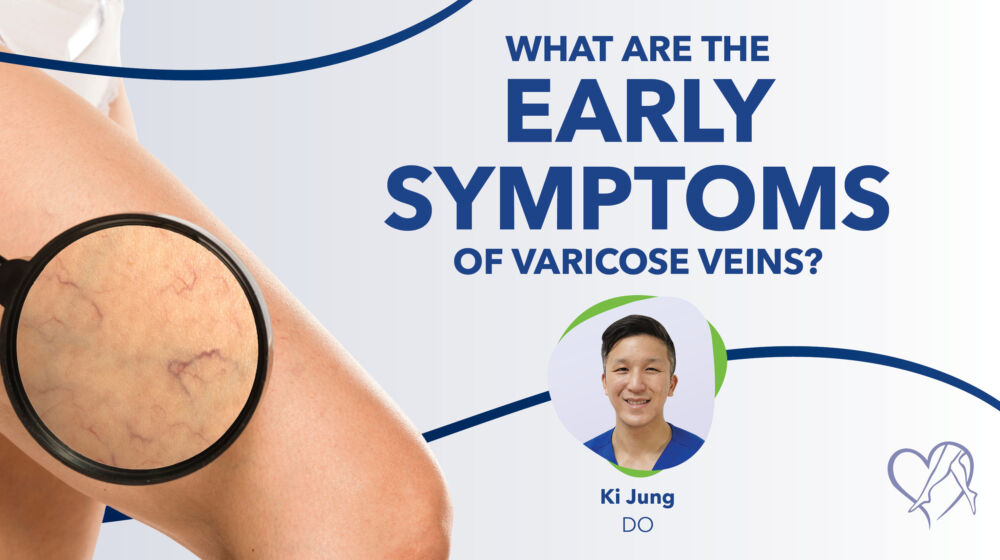
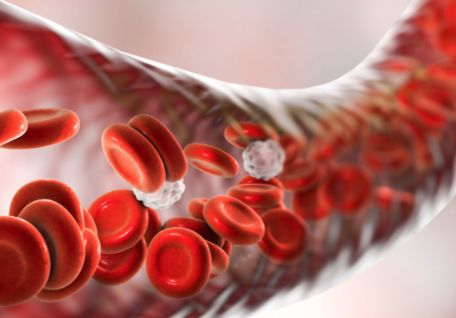 About Vein Disease
About Vein Disease
 Spider Veins
Spider Veins
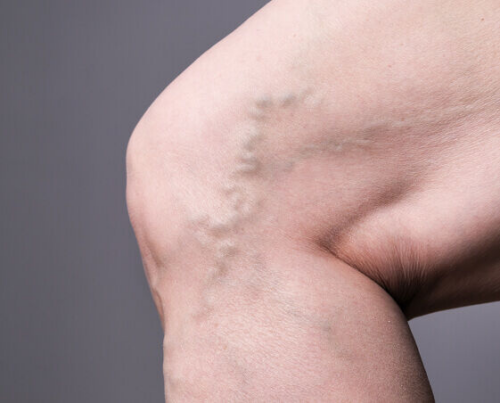 Varicose Veins
Varicose Veins
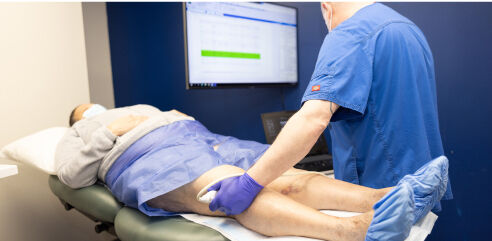 Vein Disease Treatments
Vein Disease Treatments
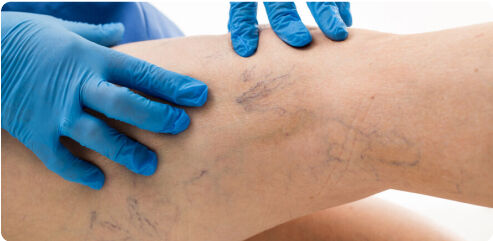 Treating Spider Veins
Treating Spider Veins
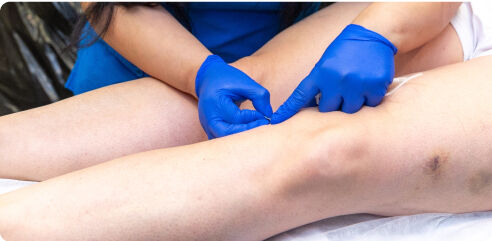 Treating Varicose Veins
Treating Varicose Veins
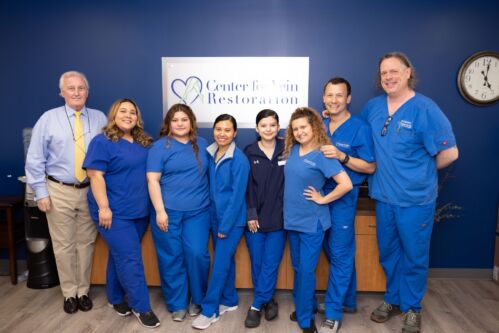 About Us
About Us
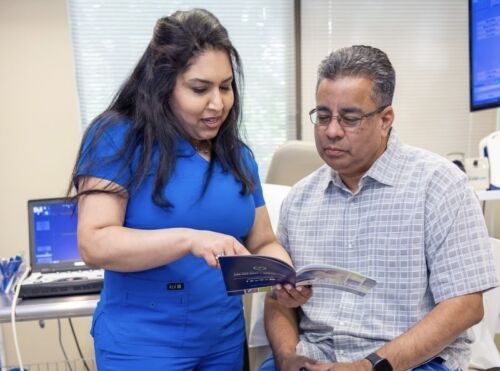 Patient Resources
Patient Resources
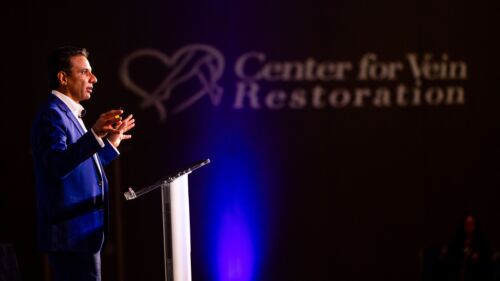 Physician Resources
Physician Resources

